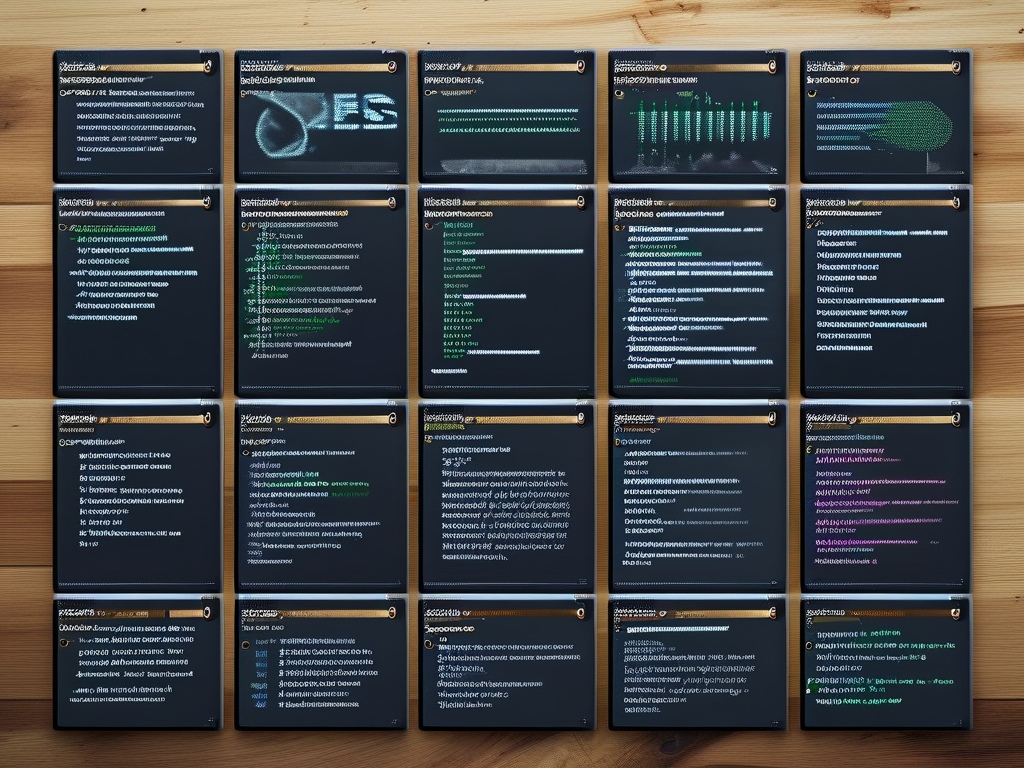Asymmetric encryption, also known as public-key cryptography, forms the backbone of modern digital security by using a pair of keys—one public and one private—to encrypt and decrypt data. This approach solves critical issues like secure key exchange and authentication that symmetric methods struggle with, making it indispensable for online transactions, secure communications, and digital signatures. In this article, we'll explore some widely used asymmetric encryption algorithms, delving into their mechanisms, applications, and why they remain vital in today's cybersecurity landscape.

One of the most recognized algorithms is RSA, named after its creators Rivest, Shamir, and Adleman. It relies on the mathematical complexity of factoring large prime numbers to generate keys. When you encrypt a message with someone's public key, only their private key can decode it, ensuring confidentiality in scenarios like email encryption or SSL/TLS protocols for web browsing. RSA's strength lies in its simplicity and robustness, but it demands significant computational power for large keys, which can slow down systems. Over the years, RSA has become a standard in many applications, from securing financial data to authenticating user identities, though advances in computing have prompted shifts toward more efficient alternatives.
Another foundational method is the Diffie-Hellman key exchange, developed by Whitfield Diffie and Martin Hellman. Unlike RSA, which handles encryption directly, Diffie-Hellman focuses on securely sharing symmetric keys over insecure channels. It works through a clever mathematical dance: two parties exchange public values derived from private secrets, allowing them to independently compute a shared secret key without it ever being transmitted. This algorithm underpins protocols like HTTPS and VPNs, enabling private conversations even if eavesdroppers intercept the exchange. However, it's vulnerable to man-in-the-middle attacks without additional authentication, so it's often paired with digital signatures for enhanced security. Its elegance in solving the key distribution problem has cemented its role in modern networking.
For digital signatures, the Digital Signature Algorithm (DSA) stands out as a specialized asymmetric tool. Created by the National Institute of Standards and Technology (NIST), DSA generates signatures using private keys that can be verified with public ones, ensuring data integrity and non-repudiation—meaning senders can't deny their involvement. It's based on the computational difficulty of discrete logarithms, similar to Diffie-Hellman, and is widely adopted in government standards like the Digital Signature Standard (DSS). DSA excels in environments where tamper-proof authentication is critical, such as software updates or legal documents, but it consumes more resources than some newer algorithms, limiting its use in resource-constrained devices.
Elliptic Curve Cryptography (ECC) has gained prominence for its efficiency and strong security with smaller key sizes. By leveraging the properties of elliptic curves over finite fields, ECC achieves comparable protection to RSA with keys that are significantly shorter—for instance, a 256-bit ECC key offers security akin to a 3072-bit RSA key. This makes it ideal for mobile devices, IoT gadgets, and blockchain technologies where power and bandwidth are scarce. Algorithms like ECDSA (Elliptic Curve Digital Signature Algorithm) are common in applications like Bitcoin transactions or secure messaging apps. ECC's rise reflects a push toward sustainability in encryption, as it reduces energy consumption and storage needs while maintaining high resistance to attacks.
Beyond these, ElGamal encryption provides a versatile asymmetric approach based on the discrete logarithm problem. It allows for encryption and can be adapted for digital signatures, offering probabilistic security where the same plaintext encrypts to different ciphertexts each time, thwarting pattern-based attacks. ElGamal is often used in hybrid systems, combining with symmetric encryption for efficiency, and it's a staple in privacy-focused tools like PGP email encryption. While less common than RSA in mainstream use, its flexibility makes it valuable in research and specialized applications, though it shares the computational overhead of other logarithm-based methods.
Each algorithm has distinct advantages and trade-offs. RSA's widespread support makes it a go-to for general encryption, while Diffie-Hellman excels in key establishment. DSA is tailored for signatures, ECC for efficiency, and ElGamal for adaptability. However, vulnerabilities exist: quantum computing threatens many asymmetric methods by potentially solving underlying math problems quickly, driving innovations like post-quantum cryptography. Developers often choose algorithms based on context—for example, using RSA for web certificates but ECC for embedded systems—to balance security, speed, and compatibility.
In , asymmetric encryption algorithms like RSA, Diffie-Hellman, DSA, ECC, and ElGamal are essential tools that power secure digital interactions. They enable everything from e-commerce to confidential communications, evolving to address emerging threats. As technology advances, understanding these methods helps in implementing robust security practices, ensuring data remains protected in an increasingly connected world. For those diving into cryptography, experimenting with code snippets—such as generating RSA keys in Python—can deepen appreciation for their real-world impact.









